A Guide for Tailoring Your CV to Specific Roles
Chapter 7



A Guide for Tailoring Your CV to Specific Roles
Chapter 7

Analyse the Job Description
- Carefully read the job posting and identify key skills, qualifications, and duties the employer emphasises.
- Take note of specific phrases and keywords such as “dementia care,” “mobility support,” or “medication management.”
Adjust Your Key Skills Section
- Prioritise skills that match the job description.
- If the employer seeks experience with Alzheimer’s patients, ensure that “Dementia and Alzheimer’s Care” appears in your skills list.
Example:
Before (Generic Skills Section):
- Personal care assistance
- Medication management
- Companionship and emotional support
After (Tailored Skills Section for a Dementia Care Role):
- Dementia and Alzheimer’s care
- Behavioral management and cognitive stimulation activities
- Assisting with memory loss and confusion management
Highlight Relevant Work Experience
- Modify job descriptions to emphasise experience that aligns with the role.
- Focus on duties most applicable to the job you’re applying for while keeping your descriptions concise.
Example:
Before (General Work Experience Entry):
- Assisted elderly clients with daily activities, meal preparation, and personal care
After (Tailored for a Dementia Care Role):
- Provided specialised dementia care, including memory-enhancing activities and behavioural support.
- Assisted clients with cognitive impairments, ensuring safety and emotional comfort.
Incorporate Job-Specific Certifications
- If the role requires CPR and First Aid, ensure it is prominently listed in your Certifications section.
- If specialised training is needed (e.g., palliative care, disability support), move it to the top of your Certifications list.
Use Keywords from the Job Description
- Many employers use Applicant Tracking Systems (ATS) to scan CVs for relevant keywords.
Compare your CV to the job posting and ensure it includes key terms the employer is likely to search for.
Example: If the job post mentions:
“Seeking a caregiver with experience in senior mobility assistance and fall prevention techniques.”
Your CV should reflect this:
- Skills: “Mobility support and fall prevention.”
- Work Experience: “Helped elderly clients move safely, assisted with fall prevention strategies, and used mobility aids such as walkers and transfer belts.”
Final Takeaways
- Certifications add credibility to your caregiving expertise.
- Additional sections like volunteer work, language skills, and references provide extra value.
- Tailoring your CV for each role increases your chances of securing interviews.
By following these steps, you can create a well-structured, targeted caregiver CV that aligns with employer expectations and stands out in the job market.
Previous
Additional Sections to Enhance your CV
Analyse the Job Description
- Carefully read the job posting and identify key skills, qualifications, and duties the employer emphasises.
- Take note of specific phrases and keywords such as “dementia care,” “mobility support,” or “medication management.”
Adjust Your Key Skills Section
- Prioritise skills that match the job description.
- If the employer seeks experience with Alzheimer’s patients, ensure that “Dementia and Alzheimer’s Care” appears in your skills list.
Example:
Before (Generic Skills Section):
- Personal care assistance
- Medication management
- Companionship and emotional support
After (Tailored Skills Section for a Dementia Care Role):
- Dementia and Alzheimer’s care
- Behavioral management and cognitive stimulation activities
- Assisting with memory loss and confusion management
Highlight Relevant Work Experience
- Modify job descriptions to emphasise experience that aligns with the role.
- Focus on duties most applicable to the job you’re applying for while keeping your descriptions concise.
Example:
Before (General Work Experience Entry):
- Assisted elderly clients with daily activities, meal preparation, and personal care
After (Tailored for a Dementia Care Role):
- Provided specialised dementia care, including memory-enhancing activities and behavioural support.
- Assisted clients with cognitive impairments, ensuring safety and emotional comfort.
Incorporate Job-Specific Certifications
- If the role requires CPR and First Aid, ensure it is prominently listed in your Certifications section.
- If specialised training is needed (e.g., palliative care, disability support), move it to the top of your Certifications list.
Use Keywords from the Job Description
- Many employers use Applicant Tracking Systems (ATS) to scan CVs for relevant keywords.
Compare your CV to the job posting and ensure it includes key terms the employer is likely to search for.
Example: If the job post mentions:
“Seeking a caregiver with experience in senior mobility assistance and fall prevention techniques.”
Your CV should reflect this:
- Skills: “Mobility support and fall prevention.”
- Work Experience: “Helped elderly clients move safely, assisted with fall prevention strategies, and used mobility aids such as walkers and transfer belts.”
Final Takeaways
- Certifications add credibility to your caregiving expertise.
- Additional sections like volunteer work, language skills, and references provide extra value.
- Tailoring your CV for each role increases your chances of securing interviews.
By following these steps, you can create a well-structured, targeted caregiver CV that aligns with employer expectations and stands out in the job market.
Previous
Additional Sections to Enhance your CV

Service Areas
I serve clients throughout the
United Kingdom and globally.
View my full range of service areas.
Grantham
The Old Stables, Barkston Road, Marston, Grantham, NG31 7FP
London
Osterley TW3

Service Areas
I serve clients throughout the
United Kingdom and globally.
View my full range of service areas.
Grantham
The Old Stables, Barkston Road, Marston, Grantham, NG31 7FP
London
Osterley TW3
